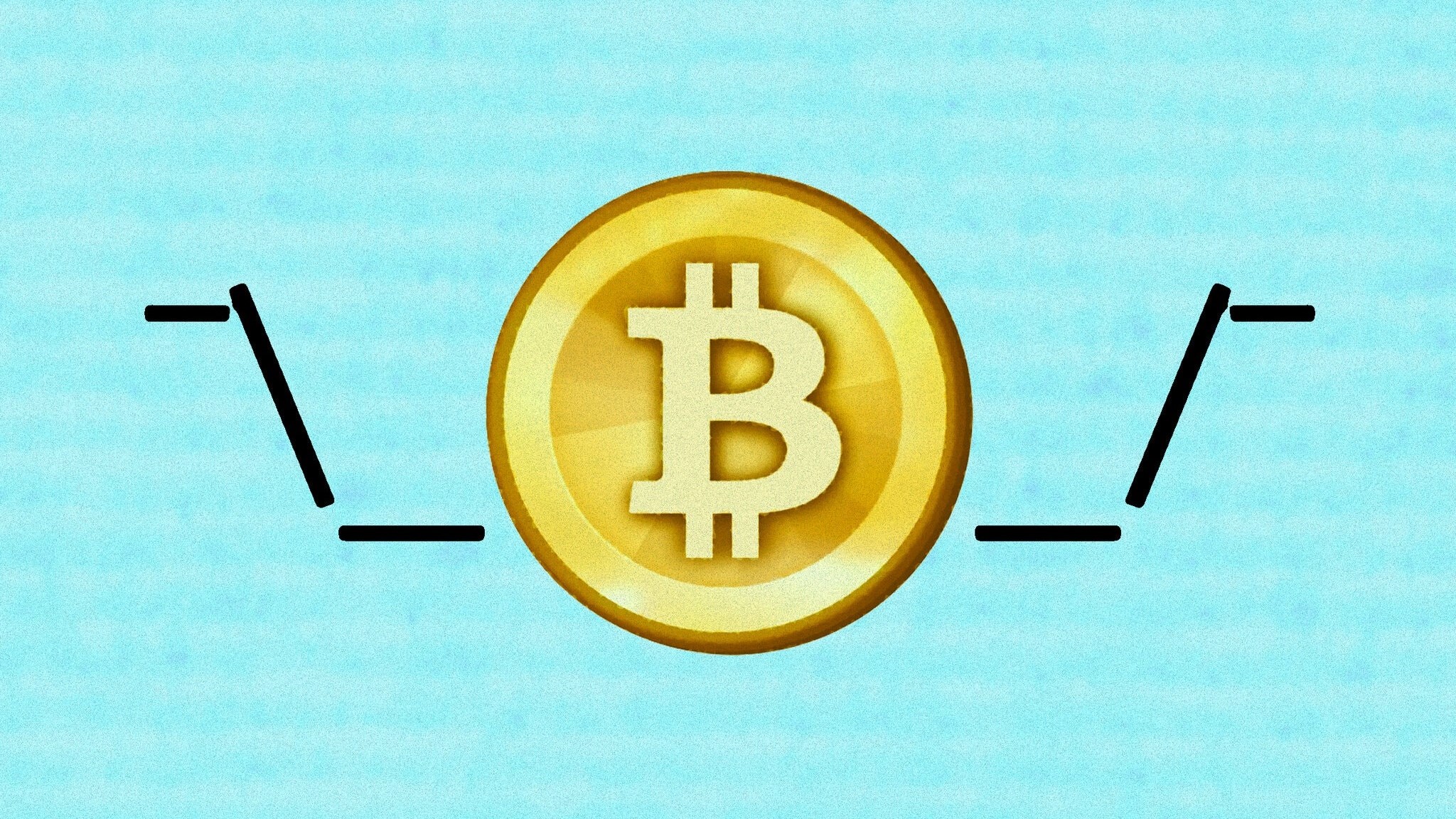Every morning, we run The Narrative Machine on the past 24 hours worth of financial media to find the most on-narrative (i.e. interconnected and central) stories in financial media. It’s not a list of best articles or articles we think are most interesting … often far from it.
But for whatever reason these are articles that are representative of some sort of chord that has been struck in Narrative-world.
May 14, 2019 Narrative Map – US Equities

Trade-War Safety Zone Seen in Asian Cub Market Favored by Trump [Reuters]
Vietnam, deemed worthy of a special mention by Donald Trump Monday, is already proving an outperformer, with its stocks losing 2% compared with 5% for the broader emerging-market index last week. The U.S. president warned that unless China accedes to his demands, its trade will flow into Vietnam and other countries.
Brazil and Ukraine are also being sized up as beneficiaries of the standoff between the world’s two largest economies as investors pursue war-proof strategies and places to escape the worst weekly losses in global stocks since December.
This sort of blue sky projection lasts until China starts talking about devaluing its currency. Again.
And then all EMs will tank, especially these “Asian cubs”. Again.

Starbucks Completes Issuance of Third and Largest Sustainability Bond [Press Release]
As with the two previously issued Sustainability Bonds, funds will support ethically sourced coffee. The scope includes purchasing coffee that is verified by Coffee and Farmer Equity (C.A.F.E.) Practices; the continued development and operation of Farmer Support Centers and agronomy research and development centers in coffee-growing regions around the world; and new and refinanced loans to coffee farmers made through Starbucks $50 million Global Farmer Fund.
The 30-year Sustainability Bond is part of a larger bond offering of $2 billion, with another $1 billion bond issued for general corporate purposes including the repurchase of common stock as part of the previously communicated $25 billion shareholder return target. The issuance is in line with Starbucks commitment to a leverage cap of 3x lease-adjusted EBITDAR and a minimum credit rating of BBB+Baa1.
I couldn’t find any information on pricing or the coupon associated with this $1 billion, 30-year note, although the prior 10-year $500 million offering went out at 2.45%.
ESG comes to corporate finance.
Cotton Drops by Exchange Limit as U.S.-China Tensions Escalate [Bloomberg]
The U.S. is the world’s top cotton shipper and more than three-quarters of the domestic crop goes into exports, which are heavily dependent on China. Escalations in the trade war come at a time when expanding production meant American inventories were forecast to reach a decade high.

Don’t worry, Mr. Cotton Farmer, I’m sure the USDA will designate you as a Patriot Farmer.

Goldman Says Trade-War Escalation to Drive U.S. Inflation Higher [Bloomberg]
President Donald Trump’s latest tariff increase on Chinese goods will drive up the Federal Reserve’s preferred measure of underlying inflation, and a further escalation of the trade war will have an even greater impact on prices as well as economic growth, according to Goldman Sachs Group Inc.
Will be proclaimed as “transitory” by the Fed.
So it doesn’t exist.
Cheaper drugs would lead to fewer new drugs [Albuquerque Journal]
You’re a wise and careful person, so you calculate your likely expenses and how much you can charge for your tender young lambs. The math says sheep farming will offer you a tidy little living. But just as you’re about to commit, the government announces price controls on lamb, which will eliminate your profits. Do you still open the sheep farm?
I get so depressed when self-styled libertarians (in this case the Washington Post’s Megan McArdle) shill for oligarchic corporate interests that have captured huge swaths of the regulatory state.
As if Big Pharma’s profit margins aren’t created and maintained by government policy in the first place.
I never know if they’re just mailing it in or if they’re on the make.
$1.2 trillion in stock market value lost so far from trade war sell-off with more expected [CNBC]
You never see how much was “added” to stock market value on a big up-day like today.

That’s intentional, of course, part and parcel of the creation of tiny-hurdles-of-worry.


The role of the media is to sell advertising. The best way to maintain your audience is to keep them in a state of low grade anxiety. What perplexes me is the role of futures markets in driving short-term moves in cash markets. Who was the seller in the pre-open futures market on Christmas Eve that helped to form the Q4 low? How much of the volatility yesterday was carry trade: long growth funded by short volatility caught in a margin squeeze? When a professional investor with 44 years of market participation has no idea how market structure works today how in God’s name can Ma & Pa Tittlemouse cope?
Is anything from WaPo worth reading ?
"As if Big Pharma’s profit margins aren’t created and maintained by government policy in the first place.
I never know if they’re just mailing it in or if they’re on the make."
Just so I understand your point – how is Big Pharma controlling the regulatory environment and their profits? As an investor, this topic on drugs and drug prices is particularly meaningful to me. I also am not quite sure who you are referring to in the second statement above. Thanks for your insight.
“I get so depressed when self-styled libertarians (in this case the Washington Post’s Megan McArdle) shill for oligarchic corporate interests that have captured huge swaths of the regulatory state.”
I guess I’m not as confident that reduced profits won’t lead to less drug development. No new anti-arrhythmic drugs have been developed since 2008, when FDA mandated huge safety trials (very expensive) for approval. If the expected return on investment goes down, won’t the early investors who fund new biotech or other drug programs put their money into other areas (e.g., tech companies)?
Hi Evan,
You’re probably right, but I don’t think that’s Ben’s point. The author of the article is arguing against price controls from a libertarian perspective and yet ignoring the market manipulation tactics the pharmaceutical companies employ to shape regulations in their favor. One can’t have it both ways.
I would guess two of the biggest are patent length (and frivolous extensions) as well as some Medicare policy (https://www.medicare.gov/node/39226) - “All Medicare drug plans generally must cover at least 2 drugs per drug category, but plans can choose which specific drugs they cover.” I interpret Medicare rules to require coverage for any drug in a newly approved drug class. So, be first in class, set your price, and Medicare must cover it (regardless of actual drug cost-effectiveness).
Another is not allowing the government to negotiate for the lowest possible drug prices.
Hi Leslie - check out a 6/28/18 Forbes article "The Bio-pharmaceutical Industry Provides 75% of the FDA’s Drug Review Budget. Is This a Problem? The contributor was president of Pfizer Global Research in 2007… Additional fee income comes from taxes on medical devices, vet supplies, etc. Yes, it is a problem. This is a serious conflict of interest, when a federal agency in charge of protecting the public health is bought & paid for.